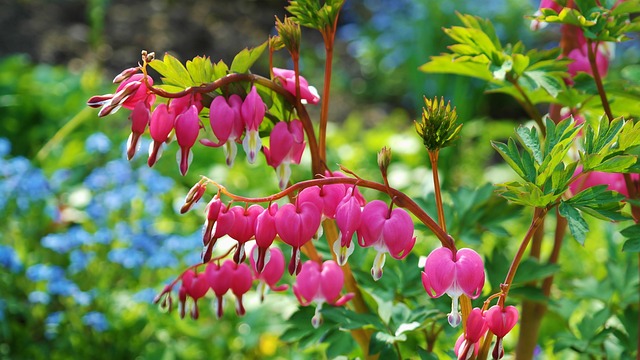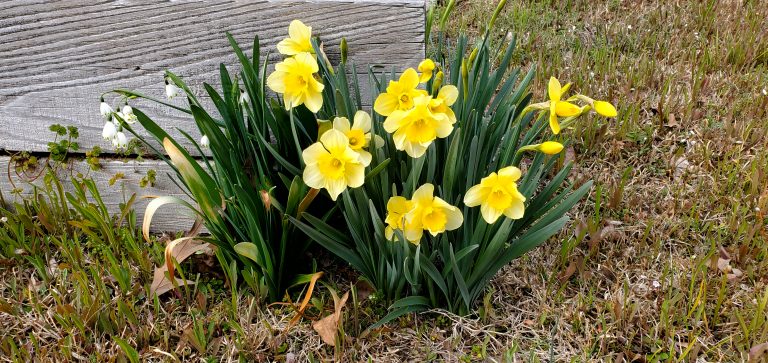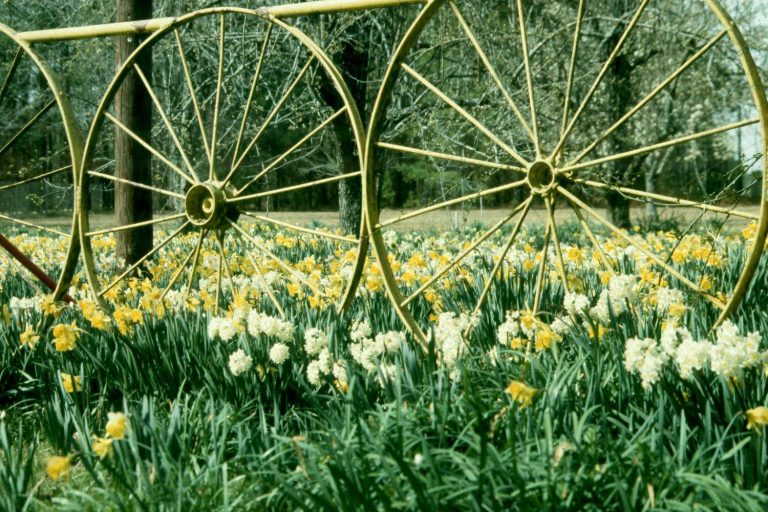
Submitted photo.


The Lafayette County Master Gardeners are pleased to welcome the public to their Annual Spring Lecture Series which will be held in the Dotsy A. Fitts Auditorium of the Lafayette County and Oxford Public Library. Parking is available at the library or across the street at the Oxford Skate Park. For more information or questions, visit http://www.lcmga.org/ or call the MSU Extension office at 662-234-4451. The next presentation is on April 3rd at noon which focuses on What Mama Taught Me about Gardening. Light refreshments will be served, and door prizes will be presented.
Planning
- Consider a free Home Consult if you have questions or want to try something new. Master Gardeners can be reached by leaving a message at the MSU Extension Office 662-234-4451. A home consultant specialist will contact you to schedule a visit or answer questions.
Planting
- Set out most shrubs and trees.
- Divide violets, Shasta daisies, liriope, ajuga, mums, and other perennials.
- Plant okra, melons, peas, corn, beans, eggplant, cucumbers, and tomatoes.
- Set out summer annuals if danger of frost has past: ageratum, alyssum, begonias, geraniums, dianthus, celosia, marigolds, moss roses, petunias, impatiens, coleus.
- Plant summer/fall blooming bulbs: callas, cannas, dahlias, gladiolus, and gloriosa lilies.
Fertilizing
- Fertilize vegetables at planting according to recommendations.
- Fertilize shrubs if not done in March.
Pest Control
- Spray new rose leaves for black spot weekly.
Pruning
- Disbud roses and peonies for specimen flowers.
- Lightly shape any formal hedges to remove new growth.
- Prune azaleas and other spring-flowering shrubs after blooming.
Mulch
Replenish mulch around Azaleas and Camellias. To properly mulch, apply 2-3 inches of mulch to the base of trees and shrubs. If mulching trees, do not place mulch in direct contact with the tree trunk.

Miscellaneous
- Dispose of fallen Camellia blossoms to prevent blight.
- Rake up seed hulls from under bird feeders. They will smother new growth.
- Remove dead flowers from tulips and daffodils. Do not cut foliage before it turns yellow and dies.
- Who doesn’t love having butterflies in their garden? Monarch butterflies need milkweed for food and reproduction. Native milkweed is a great choice for your landscape. Now is a great time to plant it and read up on more ways to bring butterflies into your landscape.
- Hummingbirds are here! Check out this blog post on ways to attract hummingbirds to your yard. It covers everything from the type of food to put out, to the specific flowers and shrubs that welcome the small creature to your landscape. https://extension.msstate.edu/blog/how-attract-hummingbirds-your-yard
Home Accent
Divide or repot overgrown houseplants. Cut back weak parts to encourage new growth. Apply fertilizer every 2 weeks or so.
Blooming
Encore azaleas, blueberries, fringe trees, blackberries, pyracanthas, hawthorns, pittosporums, Japanese snowballs, pieris, cliftonia, ginkgos, deutzia, sweetshrubs, sweetspires, cotoneasters, oakleaf hydrangeas, roses, spiraea, rhododendrons, and ninebarks.
Ajuga, alyssum, bleeding-hearts, candytufts, columbines, daffodils, daisies, daylilies, forget-me-nots, grass pinks, irises, Jacob’s ladder, lilies-of-the-valley, pansies, phlox, primroses, ranunculus, shooting stars, sweet Williams, thrifts, tulips, vincas, violets.
You can find more garden related articles and videos on our MSU Extension website at https://extension.msstate.edu/lawn-and-garden or by clicking here.



